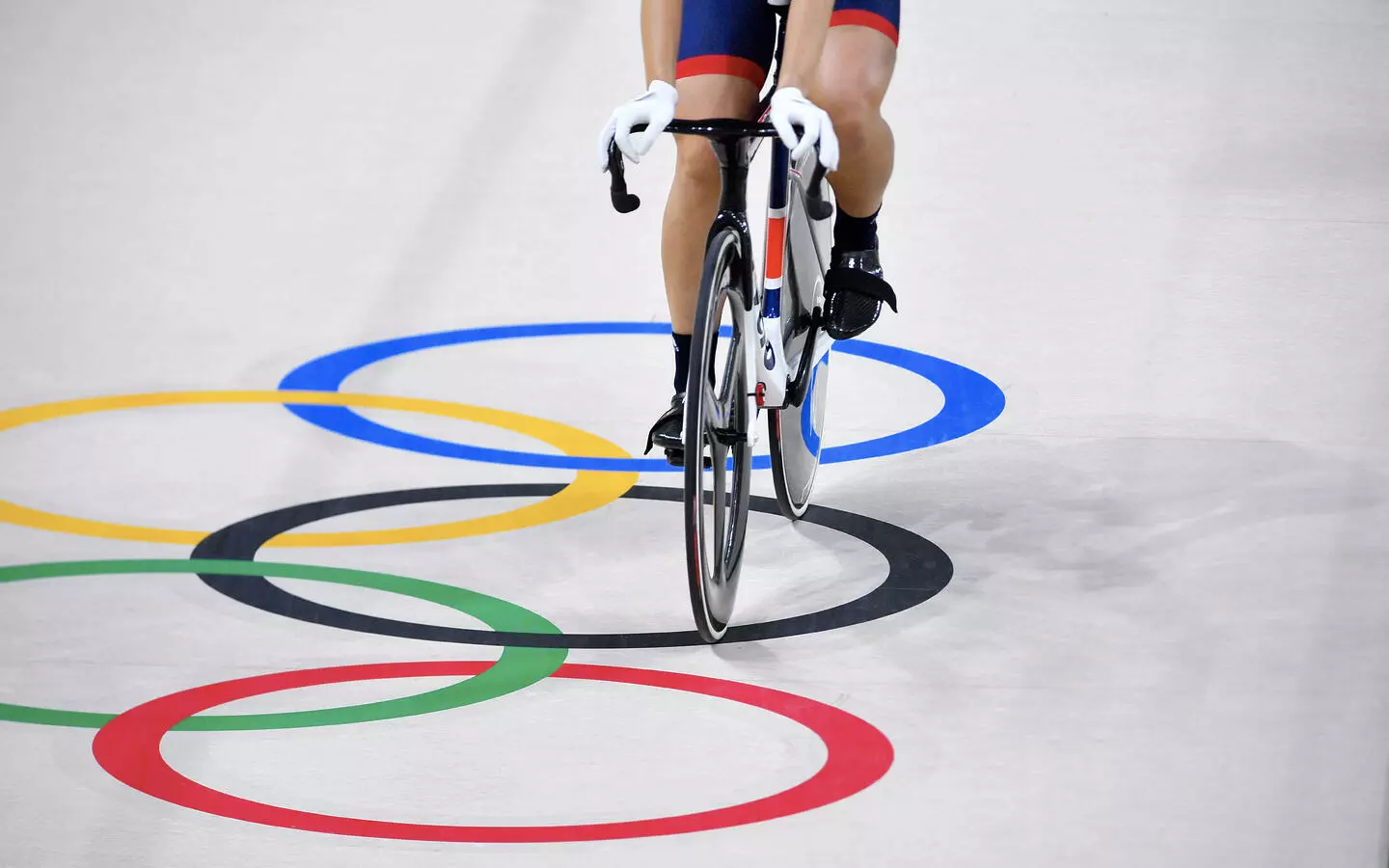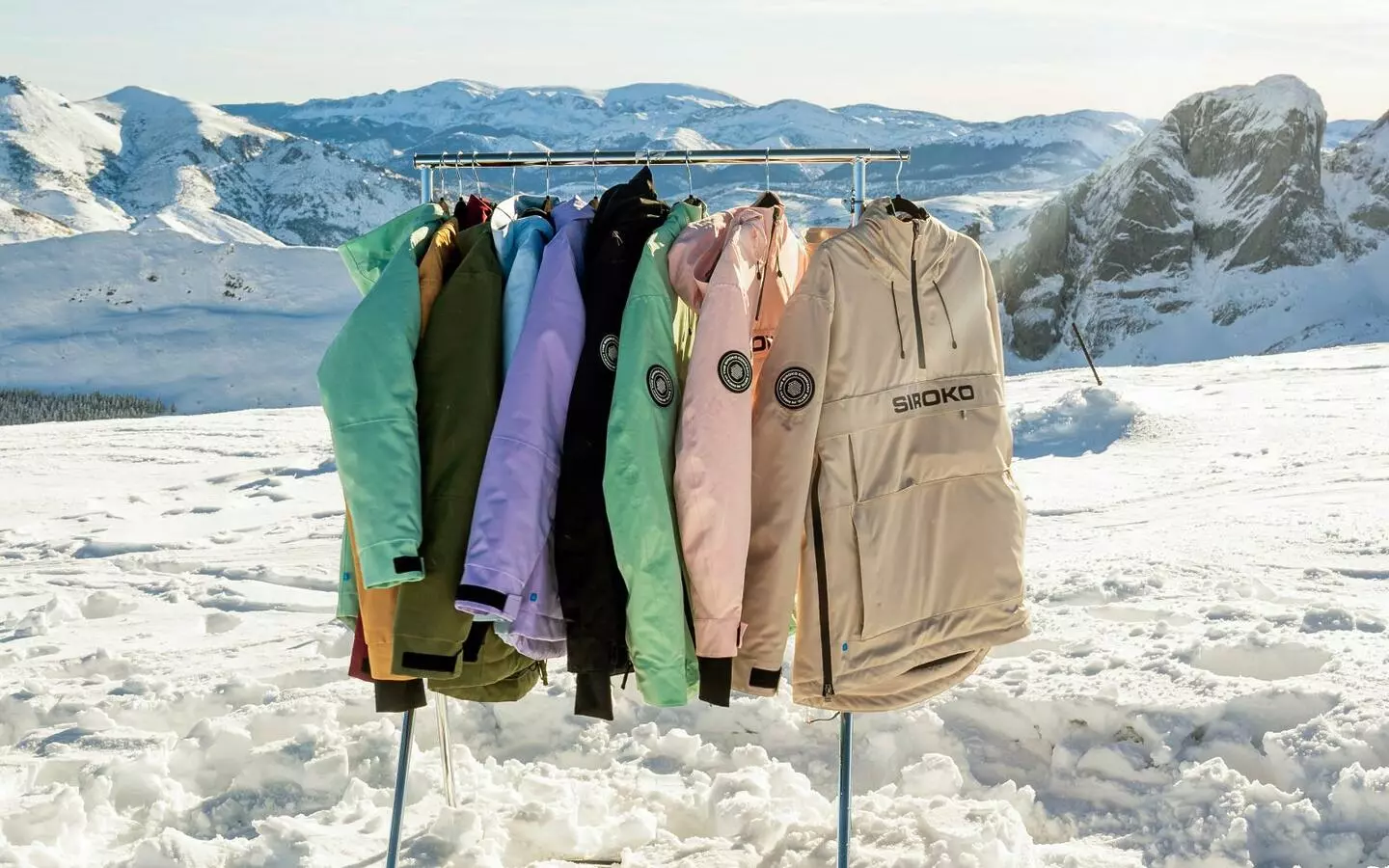At the 2024 Summer Olympics, we’ll be able to see cycling events in the following four categories: road cycling, track cycling, mountain biking and BMX. Within each of them, there are different disciplines as well as different competitions. Let’s take a closer look at all of them.
Road Cycling
Events: Road cycling is divided into two kinds of events at the Olympic Games: the road race and the individual time trial.
Description: Road races are held on urban or semi-urban circuits, while time trials are races against the clock on a designated field. In road races, normal road bikes are used, while in the time trial specific time trial bikes are usually the best choice because of the aerodynamic advantages they offer although it’s also possible to compete on a normal road bike.
Anyone who watches professional cycling will notice that the road race competition differs a bit from the usual. First of all, the teams (in this case countries) are smaller: max. 4 cyclists per country. This means that it is more complicated to control the race. Second, the selection criteria for competing riders differ from country to country. The vast majority earn their place based on results, but in some cases it is a decision of the cycling coaches based on the fitness and availability of the riders. And third, there are no earpieces as a communication system between the coach in the car and the cyclists. These means that there is more improvisation, the race is unpredictable, the top favorites keep a close eye on each other, there is competition even between teammates, alliances with other countries (for pure personal gain or because some riders are teammates outside the Olympics), and even total surprises as in the women’s road race in Tokyo, where the second-placed rider raised her arms thinking she had won, not knowing that the survivor of the initial breakaway, Anna Kiesenhofer, had reached the finish line before her.
Latest Gold Medalists:
Road race, men: Richard Carapaz (Ecuador)
Road race, women: Anna Kiesenhofer (Austria)
Time trial, men: Primož Roglič (Slovenia)
Time trial, women: Annemiek van Vleuten (The Netherlands)
Track Cycling
Events: Individual sprint, team sprint, keirin, team pursuit, omnium and Madison, both men and women.
Description: All competitions are held in a velodrome, using single-gear bicycles with no regular brakes (coaster brakes are the only option here). Among all the participants, there are two groups or types of cyclists, both in men’s and women’s competitions: riders who compete in sprint (individual and team) and keirin, and then endurance cyclists who compete in omnium and Madison events. In the team pursuit event, there are also endurance cyclists plus some sprinters, but it is not usual.
The physical features of riders of these two groups are completely different. Those who do speed-based trials and competitions have more clearly developed muscles, both in the upper and, above all, in the lower parts of their bodies. The focus is on explosiveness, acceleration and speed in short periods of time. On the other hand, endurance riders are more similar to what we can see in road cycling. Moreover, several male and female cyclists from track endurance events also participate in the road cycling events.
Individual Sprint: Two riders go head-to-head in a three-lap race with a tactical start and an explosive final sprint.
Team Sprint: Teams of three riders (men) compete in a three-lap team time trial, with each rider leading one lap.
Keirin: 6 riders follow a motorcycle for 3 laps at a controlled speed going up to 50 km/h. At this point the “derny” pulls out and the 6 riders compete for another 3 laps to arrive in first position.
Team Pursuit: Teams of four cyclists compete in a 4 km time trial, starting from opposite sides of the track. The team that completes the distance in the shortest time or catches up with the opposing team wins.
Omnium: A multi-event competition (scratch, tempo race, elimination, and points race) in a single day. Riders collect points in each race and the final results of total points determine the winner.
Madison: Teams of two cyclists compete in a long-distance relay race (50 km for men, 30 km for women), with points awarded in sprints every 10 laps. Points can also be gained by lapping the rest of the field.
Latest Gold Medalists:
Individual sprint, men: Harrie Lavreysen (The Netherlands)
Individual sprint, women: Kelsey Mitchell (Canada)
Team sprint, men: The Netherlands (Roy van den Berg, Harrie Lavreysen, Jeffrey Hoogland and substitute, Matthijs Büchlin)
Team sprint, women: China (Bao Shanju and Zhong Tianshi)
Team pursuit, men: Italy (Simone Consonni, Filippo Ganna, Francesco Lamon and Jonathan Milan)
Team pursuit, women: Germany (Franziska Brauße, Lisa Brennauer, Lisa Klein and Mieke Kröger)
Keirin, men: Jason Kenny (United Kingdom)
Keirin, women: Shanne Braspennincx (The Netherlands)
Madison, men: Denmark (Lasse Norman Hansen and Michael Mørkøv)
Madison, women: United Kingdom (Katie Archibald and Laura Kenny)
Omnium, men: Matthew Walls (United Kingdom)
Omnium, women: Jennifer Valente (USA)
Mountain Biking (MTB)
Event: Cross-country (XCO) for both men and women.
Description: The race is done on full-suspension mountain bikes, although bikes with front suspension only may also be used. It is held in natural environments but the circuit involves many purpose-built parts, with climbs, descents, technically challenging areas and extra obstacles to test not only the endurance, but also the technical skills of the cyclists.
Each country gets 1 or 2 spots for MTB riders depending on the country’s position in the ranking. Then each federation establishes the selection criteria for awarding the spots in competition. In general, the selection is made on the basis of criteria such as the results obtained in the first World Cup events, but there is always room for exceptions.
Latest Gold Medalists:
Men: Thomas Pidcock (United Kingdom)
Women: Jolanda Neff (Switzerland)
BMX
Events: BMX Racing and BMX Freestyle, for both men and women.
BMX Racing: It is done on 20″ BMX bikes. These are very short races that athletes begin at the top of a ramp, which they descend while pedaling and being pulled by gravity. The track is made of compacted soil and has 180-degree banked curves with series of bumps that require jumps and maneuvers to maintain the highest possible speed.
First, the qualifying rounds take place. Each rider competes in three heats of 8 riders and gets points according to their finishing position. The goal is to score as few points as possible, so the first one gets 1 point, the second gets 2 and so on.
The top 12 riders advance to the semifinals, while those placed 13th through 20th have one last chance in a heat from which the top four also advance to the semi-finals. The semi-finals are also competed in three rounds, all against each other, trying to get the lowest score. The first 8 riders go through to the final stage, which is a single heat. The winner of this final round takes the gold.
BMX Freestyle: The event takes place in a bike park with different ramps and obstacles. Riders perform tricks and acrobatics for 60 seconds to obtain a score between 0 and 100 awarded by the technical jury according to different parameters such as difficulty of the trick, variety, creativity, flow, execution, amplitude, risk and style.
The BMX freestyle bikes are different from those of the racing event so that riders can perform different tricks, jumps and routines.
First, there is a qualifier stage where each rider has two rounds to perform tricks in the bike park. The final score is the average of both rounds. Nine riders with best scores advance to the finals. In this one, there are also two rounds, but only the best one is taken into account for the final ranking. Whoever obtains the best score wins the gold medal.
Latest Gold Medalists:
Racing, men: Niek Kimmann (The Netherlands)
Racing, women: Bethany Shriever (United Kingdom)
Freestyle, men: Logan Martin (Australia)
Freestyle, women: Charlotte Worthington (United Kingdom)
Overall, cycling at the Olympic Games consists of 22 events with 514 cyclists and 66 medals to be awarded. The Olympic Games are extremely important for cyclists of all disciplines, although to be honest, for road cyclists it is a “secondary” event that they do not specifically prepare for. However, road cyclists who have won a gold medal may not say the same, especially if it is the big win of their career (even though they would probably secretly trade it for a Tour de France or a World Championship). For track cyclists, so-called pistards, the opposite is true. An Olympic medal means the world to them and they specifically prepare for each Olympic cycle as it can make or break their career. You can check the calendar of all cycling events on the official website of the Olympic Games or here.




